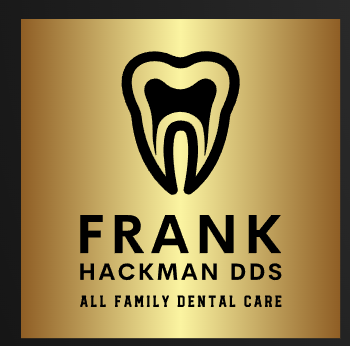Ultrasonic dentistry cleaning is used in dentistry for the removal of plaque, stains, and tartar. It also promotes healthy gums and prevents early gum disease. The use of ultrasonic devices is recommended by the American Dental Association and the Food and Drug Administration. However, it is important to follow the manufacturer’s instructions to ensure the safety of the equipment.
Dental instruments such as dental drills, sellers, and toothbrushes need to be cleaned carefully. Manual scrubbing can cause cuts and infections. Using an ultrasonic dentistry cleaner eliminates the need to cut the instruments. Additionally, it can also save time. With ultrasonic dentistry cleaning, the dentist is able to clean the instrument quickly and efficiently.
Dental instrument ultrasonic cleaners work by creating billions of minute-vacuum bubbles. These bubbles are then dislodged by a liquid solvent, which rinses away the debris. This method is more efficient than hand scrubbing. In addition, it is safer and more effective.
There are many different types of ultrasonic devices available. They range from small, compact bench-top models to large, multi-tank units. Each model has specific features. Some units are designed to remove stubborn contaminants such as cement, plaster, or molds. Another type is specially designed to clean tooth restorations such as composite and titanium.
Dental instrument ultrasonic dentistry cleaning is an efficient and safe process. Compared to mechanical washers, it is more thorough and faster. Moreover, the cleaning process does not leave residue on the instruments. When the instruments are re-used, the residue can create a breeding ground for bacteria. Having an ultrasonic cleaner is one of the most effective ways to avoid this risk.
When using an ultrasonic device, it is essential to thoroughly soak the instrument in the solution. The solution should be demonized. This will allow the detergent to dissolve more easily. Also, the temperature of the solution should be below 42degC. While the process is relatively safe, it is important to make sure the detergent does not contain minerals that tarnish the instrument.
An ultrasonic device also helps the dentist to reduce the discomfort of cleaning the patient’s teeth. This is especially important for patients with sensitive teeth. Instead of having to rely on brute force, the user can adjust the power level and frequency of the tip’s vibration for improved comfort.
Lastly, an ultrasonic dental cleaning is a fast and comfortable way to remove plaque. By eliminating the need for manual scaling, the process takes only about three-quarters of the time of conventional cleaning. Therefore, it is ideal for large build-ups of dental tartar. And, it can be customized to meet the needs of particular patients.
In conclusion, ultrasonic dentistry cleaning is an excellent option for patients with periodontal disease. It is also a good choice for patients with titanium implants. Patients with enamel erosion or porcelain crowns can also benefit from ultrasonic cleaning.
It is also important to follow the manufacturer’s instructions to ensure the safety of the instrument and to maximize the effectiveness of the cleaning process. Although most ultrasonic devices are effective, some users may not be suited for this procedure.
The Advantages of Ultrasonic Cleaning Over Traditional Methods in the Dent





One thought on “The Benefits of Ultrasonic Cleaning for the Dentistry”